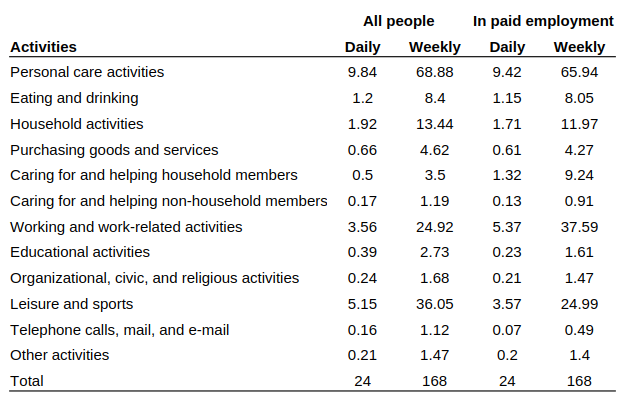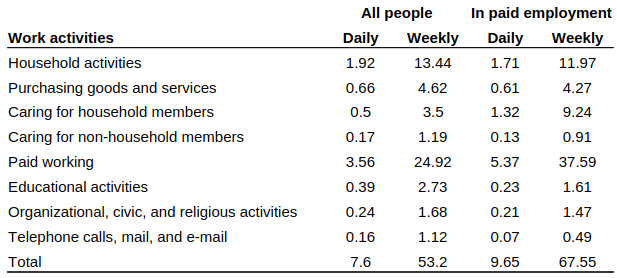A study has found that obesity costs the NHS £126 billion per year.
Having gone through a PhD in the economic costs of disease I don’t even need to read the study to know the given figure is meaningless. Studies claiming that ‘disease x costs the economy y amount’, otherwise known as cost of illness (COI) studies, are widely perceived as a joke, even by the economists who make them.
You only need to look at systematic reviews to see why COI studies are so poorly regarded. The costs for any given disease can vary wildly from negative costs to millions of pounds per person. One review found that the total healthcare costs for a number of common diseases in the US were double the country’s entire health spending.
Even in theory, few economists agree on how the costs of illness can be measured. A particular point of contention is how to measure lost productivity, i.e. the output a sick (or dead) person would have produced had they been well. Many researchers just multiply the average wage by the number of people unable to work, which tends to produce a high illness cost, while some assume that any ill workers will be replaced and only a friction cost should be counted. The ‘correct’ cost (whatever that even means) is likely somewhere in between and dependent on the particular illness and conditions of the economy. But these are hard to measure and tend to give a lower cost, which doesn’t make such a good headline.
But what about the healthcare costs? Surely we can measure these? In practice it’s complicated. Healthcare systems tend not to have accounts divided up by disease and attributing healthcare costs to a particular disease is tricky. Even calculating the overall cost of a particular patient’s treatment in the NHS relies on a lot of guesswork and averaging, as there are many fixed costs and variable costs to be considered. In addition, many diseases can be risk factors for other diseases. Should we include the costs of these diseases? It’s not an easy question. We might simply take the excess costs of people with the main disease, but if we also did this for the other diseases and added all the net costs, the combined total could be higher than the actual overall costs. We can adjust for comorbidities but the causal chains are so complex that separating out disease costs is always problematic. Economic deprivation underlies much obesity and many other diseases, so is the cost of obesity not ultimately the cost of economic deprivation? I would go even further and say that the economic costs of obesity are part of the costs of modern capitalist society (in other types of society obesity is extremely rare). Attributing these costs to particular diseases is impossible on theoretical and practical levels.
Ultimately, the costs of an illness are not measured but imputed on the basis of many questionable assumptions. In theory they are the savings that would be made if the disease did not exist. But we can’t measure this counterfactual and in most cases it’s too abstract to relate to anything concrete.
Another problem with COI studies is that better treatment and improved survival tend to raise illness costs, which seems counter-intuitive. For instance, cancer is becoming more expensive because new treatments are costly and survivors are living longer, hence using more healthcare. This actually isn’t an error; the costs to healthcare systems really do go up as we are seeing.
Hence COI studies give the rather strange conclusion that the richer a country is, and to some extent the better its healthcare system is, the more costly disease becomes. So diseases prevalent in developed countries, like cancer and diabetes, will appear more costly than, say, malaria in the Global South. In essence, COI studies tend to be a combination of how much we can pay to treat a disease with the average wages in a country, and the main determinants are how rich the country is and how disruptive the disease is (or perceived to be). And if we choose to put more resources into a disease based on these costs, the costs will rise even further, compounding the problem.
What about the suffering an illness causes? Why do we not see studies with disease x causes y suffering? While we may use lives lost, we don’t have an objective measure of suffering. We could use QALYs or DALYs but few people understand those. Most people understand money though, and a big sum of money sounds impressive. But couldn’t we assign monetary value to the suffering? We could do this, and some economists do, but it entails many dubious assumptions and can lead to double counting as economic analyses tend to consider costs per QALY.
In many ways these studies underestimate the true costs of a disease, particularly in diseases affecting poorer countries, for reasons described above.
But even in Britain, what about the cost to all our lives of being overweight? And what about the risk factors for other diseases? The £126 billion (less than £2000 per person) if anything underestimates the actual cost.
Most of the problems with COI studies have been known since the 1960s. So why do researchers keep producing them?
- they make headlines
- we (or at least politicians) care more about the economy than well-being
- we don’t question the validity of things we agree with
- only things that are measured matter (to politicians).
COI studies are basically lobbying disguised as scientific research. The obesity study may be driven to encourage and justify adoption of weight loss drugs. Alternatively, it might be to prod politicians towards taxing junk foods. I don’t think this is a bad goal, but it won’t solve much.
If we eliminated obesity, would we all be a couple of thousand pounds richer? It’s unlikely. The costs would migrate somewhere else. Modern healthcare systems are engaged in a game of whack-a-mole. Fix one issue another pops up. The tacitly assumed but never publicly acknowledged underlying fact is that improved health ultimately leads to worse health and higher costs. This is because improved healthcare leads to increased longevity and it’s widely accepted that ageing populations are the main cause of increased healthcare spending. If we cured cancer it likely wouldn’t save any money because of all the additional spending on dementia care and other diseases in old age, in addition to the increased spending on pensions. That’s not to say curing cancer wouldn’t be worthwhile, just that economic grounds shouldn’t be the main ones for treating diseases.
It’s a symptom of modern Britain that the cost to the economy is considered more important than the cost to actual people.


